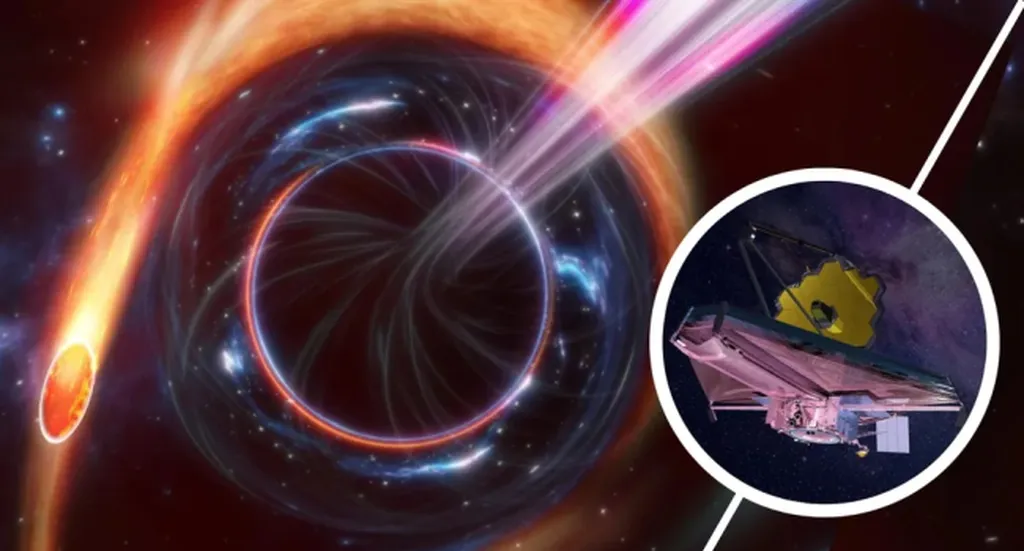Researchers from the University of São Paulo, the University of Valencia, and the University of Granada have delved into the intriguing world of black holes and the tidal forces that surround them. Their study, titled “Tidal forces around the Letelier-Alencar cloud of strings black hole,” was recently published in the journal Physical Review D.
The team, comprising Marcos V. de S. Silva, T. M. Crispim, R. R. Landim, Gonzalo Olmo, and Diego Sáez-Chillón Gómez, explored the behavior of tidal forces around a specific type of black hole known as a Letelier-Alencar black hole. This particular black hole is unique as it is sourced by a cloud of strings, a concept that arises from string theory, a framework in which the point-like particles of particle physics are replaced by one-dimensional objects called strings.
The researchers first reviewed the original Letelier spacetime and its recent generalization, calculating a quantity known as the Kretschmann scalar. This scalar helps to measure the curvature of spacetime. They found that the generalized model exhibits a stronger curvature divergence as the distance approaches zero compared to both the original Letelier and Schwarzschild cases. The Schwarzschild solution is the simplest black hole solution in general relativity, describing the spacetime around a non-rotating, uncharged black hole.
The team then analyzed the motion of particles in this background. For massless particles, such as photons, they focused on circular orbits, while for massive particles, they considered both radial infall and circular motion. They discovered that the radii of the photon sphere and the innermost stable circular orbit increase with a parameter related to the cloud of strings, denoted as g_s, and decrease with another parameter, l_s, which represents a length scale. Interestingly, they found that circular orbits cease to exist in certain regions of the parameter space.
For radial motion, the researchers computed the radial acceleration and the corresponding tidal forces. They showed that an inversion between stretching and compression may occur, although this regime is typically hidden inside the event horizon, the boundary around a black hole beyond which nothing can escape.
Finally, the team studied tidal forces for observers in circular motion. They found that the cloud of strings modifies the Keplerian frequency and the tidal force profile even at large distances, and that in this case, there is no sign change of the tidal components.
While this research is primarily theoretical, it contributes to our understanding of the complex behavior of black holes and the tidal forces that surround them. In the energy sector, a deeper understanding of these fundamental forces could potentially inform the development of advanced propulsion systems or energy harvesting technologies, although such applications are purely speculative at this stage. The practical implications for the energy industry are not immediately clear, but the study underscores the importance of fundamental research in expanding our knowledge of the universe and its underlying principles.
This article is based on research available at arXiv.

